This is still an experimental article (we are working to be sure all the images update)
Here is what we are paying attention to this evening and the next two days from this afternoon’s NWS Forecast:
...Dangerous heat and humidity to continue from parts of the central and southern Plains to the Southeast... ...Unsettled weather including severe storms and heavy rain to continue along a slow-moving boundary extending from the central Plains to the Southeast... ...Severe storms possible into the weekend across Montana...
Continuation of the NWS Short Range Forecast (It is updated twice a day and these updates can be found here.
With overnight lows only expected to drop into the 70s, and even the lower 80s in some locations, before climbing once again into the upper 90s and 100s tomorrow, excessive heat warnings and heat advisories remain in place from the central and southern Plains to the Southeast. High heat and humidity is expected to persist from the southern Plains to the Southeast, while building north into the northern Plains into the weekend. A slow-moving frontal boundary remains in place from the central Plains to the Mid Atlantic. This boundary will remain a focus for showers and storms as it drifts across the region tomorrow before pushing farther south and east over the weekend. Some of these storms may become strong to severe -- potentially producing damaging winds and flooding rains. The greatest threat for severe weather late today extends from the lower Missouri Valley to the Southeast, before the focus shifts a little farther to the north over the Ohio Valley on Friday. By Saturday, with the front pushing farther south, showers and storms will be likely across the Southeast, with severe winds and heavy rain possible. Strong to severe storms will be possible later today and tomorrow across Montana, before shifting east into eastern Montana and North Dakota on Saturday. Storms that develop will have the potential to produce damaging wind and hail.
Some of the Images Associated with the Short-Range Forecast
First, the Day One and Two CONUS Forecasts: These Maps Update Daily.
| Day One CONUS Forecast | Day Two CONUS Forecast |
 |
 |
| These graphics update and can be clicked on to enlarge. You can see where the weather will be | |
The links for these two maps are https://origin.wpc.ncep.noaa.gov/NationalForecastChart/staticmaps/noaad1.png and https://origin.wpc.ncep.noaa.gov/NationalForecastChart/staticmaps/noaad2.png
This should play out something like shown in this 60 Hour Forecast Animation
Here is a national animation of weather fronts and precipitation forecasts with four 6-hour projections of the conditions that will apply covering the next 24 hours and a second day of two 12-hour projections the second of which is the forecast for 48 hours out and to the extent it applies for 12 hours, this animation is intended to provide coverage out to 60 hours. Beyond 60 hours, additional maps are available at links provided below. The explanation for the coding used in these maps, i.e. the full legend, can be found here although it includes some symbols that are no longer shown in the graphic because they are implemented by color-coding.
Click here to update this animation
HAZARDS OUTLOOKS
Click here for the latest complete Day 3 -7 Hazards forecast which updates only on weekdays. It includes the full discussion which I do not update in this article but I only present the highlights.
Now the Day 3 – 7 Hazards Outlook Maps

The orange and red outlined areas are what is most concerning of the forecasted Day 3 – 7 Hazards. This graphic does not update during the weekend. There is a discussion that goes with this graphic and you can access that discussion here.
Looking out one more week
 https://www.cpc.ncep.noaa.gov/products/predictions/threats/hazards_d8_14_contours.png
https://www.cpc.ncep.noaa.gov/products/predictions/threats/hazards_d8_14_contours.png
21 to 28 Day Forecast/Outlook (On Thursday it is a 22 day forecast and when the Week 3 – 4 Forecast Updates on Friday it becomes a 28 day forecast)
Very short-term forecasts (expressed as absolute values) and then intermediate-term outlooks (deviations from Normal and associated probabilities.
First Short-Term
Day 3 Maximum Temperature
Then two views of cumulative precipitation.
Here are the short-term precipitation forecasts. First the cumulative for Days 1 – 3
Then cumulative for Days 1 – 7
Links to “Outlook” maps and discussions for three time periods. Days 6 – 10, Days 8 – 14, and Weeks 3 and 4. An outlook differs from a forecast based on how NOAA uses these terms in that an “outlook” presents information from deviation from normal and the likelihood of these deviations.
I have not figured out how to have these maps update. So you will have to click on the links provided. You will get the updated forecasts plus a lot of additional information. Once a week I will provide those maps either in this article or more likely in a separate article. They are here for you right now you just have to click the link.
Worldwide Tropical Forecast
(This graphic updates on Tuesdays) If it has not updated you can get the update by clicking here https://www.cpc.ncep.noaa.gov/products/precip/CWlink/ghazards/images/gth_small.png
–

–
Now More Detail for the Western Atlantic and the Pacific Oceans
Below are three maps that summarize the situation for the Atlantic, Eastern and Central Pacific. Additional information can be accessed by clicking HERE
First the Eastern Pacific
Click to view the forecast map and have access to additional information https://www.nhc.noaa.gov/gtwo.php?basin=atlc&fdays=5
Then Eastern Pacific
Click to view the forecast map and have access to additional information https://www.nhc.noaa.gov/gtwo.php?basin=epac&fdays=5
Then Central Pacific
Click to view the forecast map and have access to additional information https://www.nhc.noaa.gov/gtwo.php?basin=cpac&fdays=5
And the Western Pacific
Click to view the forecast map and have access to additional information https://www.metoc.navy.mil/jtwc/jtwc.html
Now to our More Detailed Weather Report
500 MB Mid-Atmosphere View
–
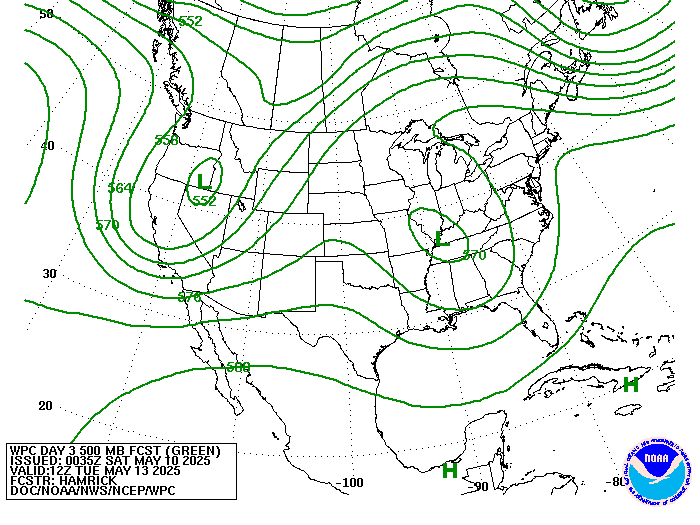
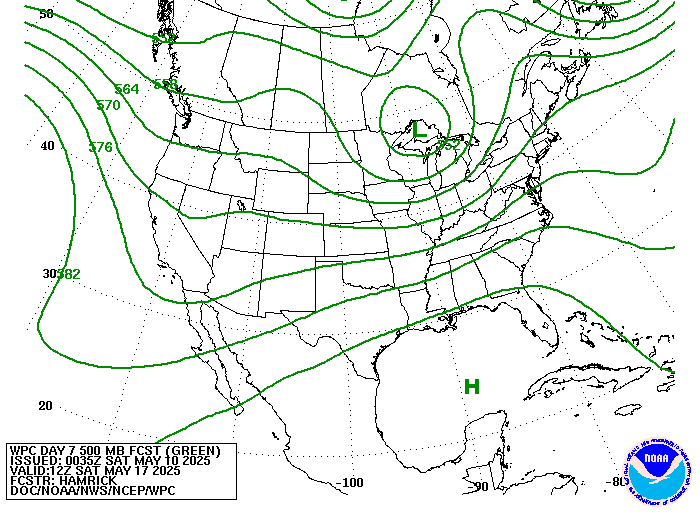
| Day 3 Above, 6 Below | Day 4 Above,7 Below | Day 5 Above. |
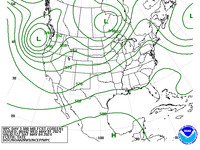 |
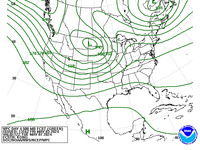 |
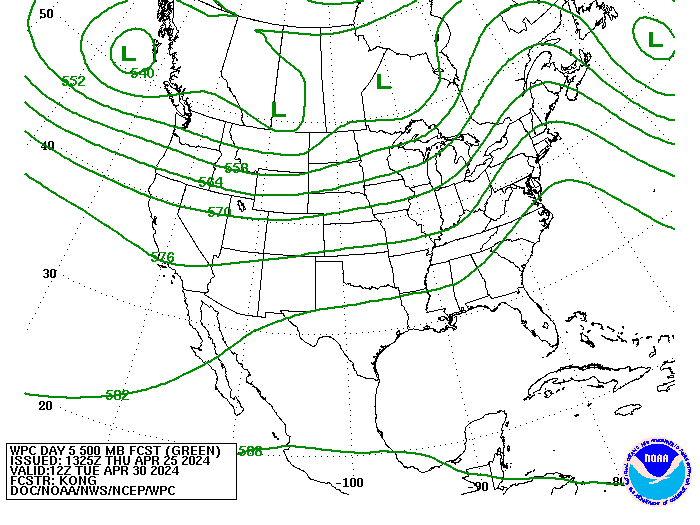 |
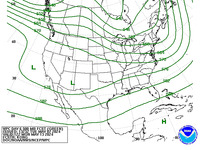 |
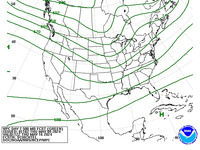 |
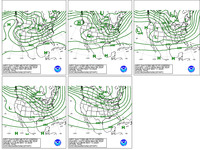 |
This graphic is about Atmospheric Rivers i.e. thick concentrated movements of water moisture. More explanation on Atmospheric Rivers can be found by clicking here or if you want more theoretical information by clicking here. The idea is that we have now concluded that moisture often moves via narrow but deep channels in the atmosphere (especially when the source of the moisture is over water) rather than being very spread out. This raises the potential for extreme precipitation events.
World Forecast
Forecast for Day 6 (Currently Set for Day 6 but the reader can change that)
World Weather Forecast produced by the Australian Bureau of Meteorology. Unfortunately, I do not know how to extract the control panel and embed it into my report so that you could use the tool within my report. But if you visit it Click Here and you will be able to use the tool to view temperature or many other things for THE WORLD. It can forecast out for a week. Pretty cool. Return to this report by using the “Back Arrow” usually found top left corner of your screen to the left of the URL Box. It may require hitting it a few times depending on how deep you are into the BOM tool.
Below are the current worldwide precipitation and temperature forecasts for six days out. They will auto-update and be current for Day 6 whenever you view them. If you want the forecast for a different day Click Here
Again, please remember this graphic updates every six hours so the diurnal pattern can confuse the reader.
Now Precipitation

Month to Date Information
Temperature
Precipitation
Month to date Temperature can be found at https://hprcc.unl.edu/products/maps/acis/MonthTDeptUS.png
Month to date Precipitation can be found at https://hprcc.unl.edu/products/maps/acis/MonthPNormUS.png











